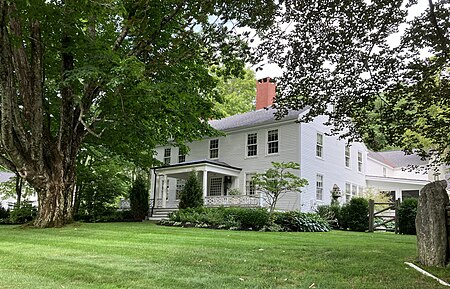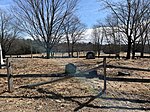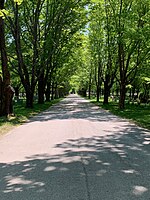Gilman Manse
Clergy houses in the United StatesHouses completed in 1771Residential buildings in Yarmouth, Maine

The Gilman Manse is an historic home at 463 Lafayette Street in Yarmouth, Maine. Built in 1771, making it one of the oldest extant buildings in the town, it was originally the home of Tristram Gilman, the fourth minister of the now-demolished Meetinghouse under the Ledge, which stood around 900 feet (270 m) to the northeast between 1729 and 1836. It succeeded the Cutter House, at 60 Gilman Road, as the parsonage for the church.In 1905, John Calvin Stevens was hired to undertake a renovation of the property. It was the home of Arthur E. Marks (1853–1917) in 1911, and of Merrill and Grace Haskell from 1928.
Excerpt from the Wikipedia article Gilman Manse (License: CC BY-SA 3.0, Authors, Images).Gilman Manse
Lafayette Street,
Geographical coordinates (GPS) Address Nearby Places Show on map
Geographical coordinates (GPS)
| Latitude | Longitude |
|---|---|
| N 43.7840816 ° | E -70.177725 ° |
Address
Lafayette Street 463
04096
Maine, United States
Open on Google Maps









